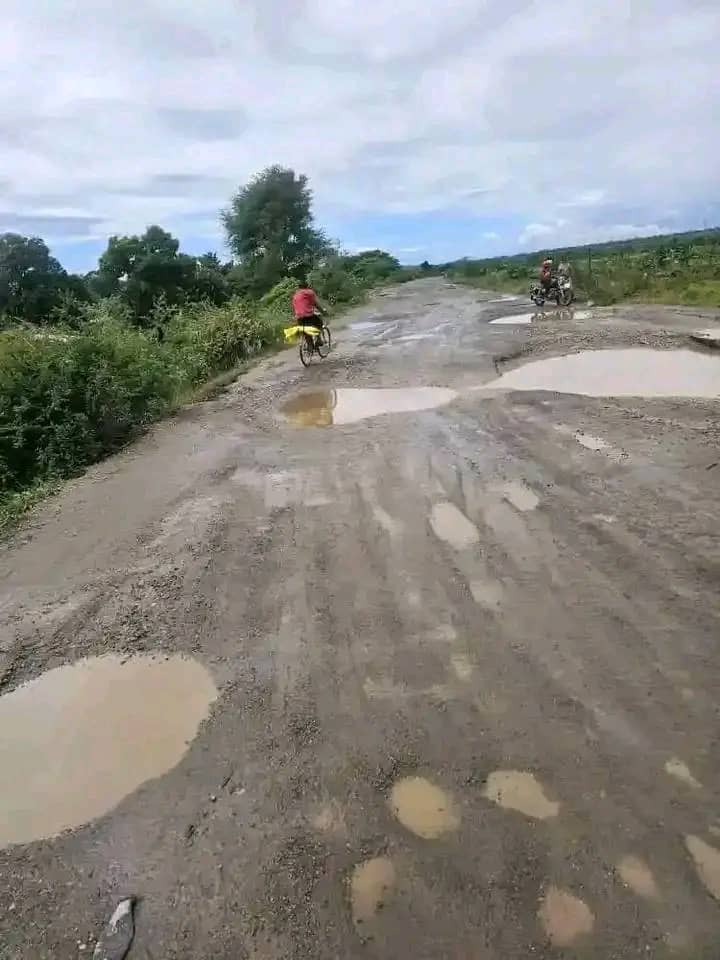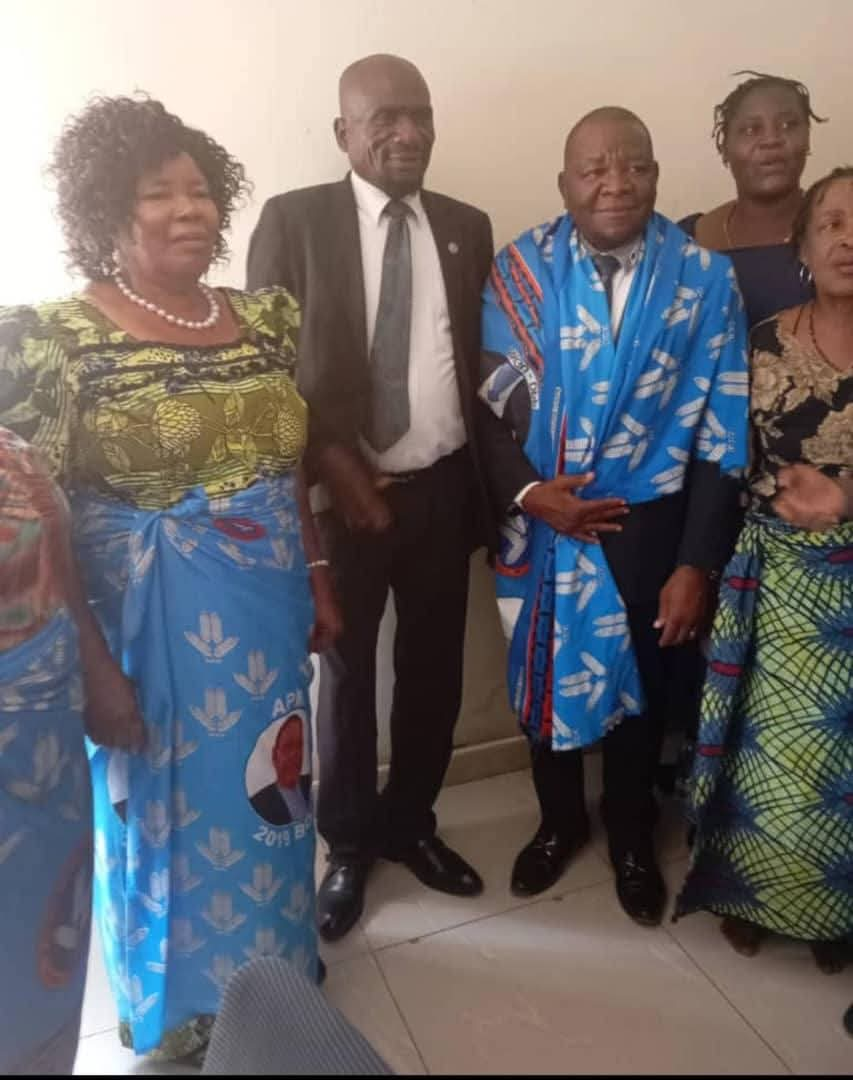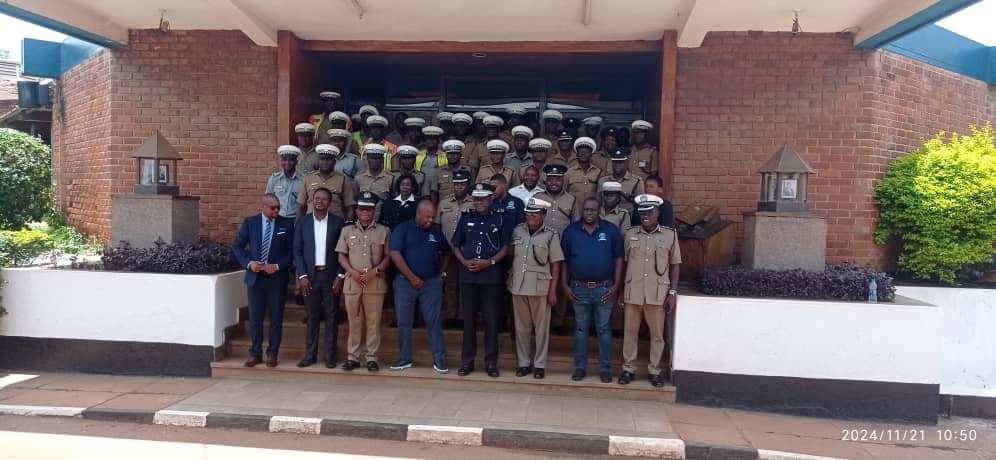By Burnett Munthali
The M1 Road from Mzuzu to Karonga, specifically the section between Chiweta and Chitimba, has become a nightmare for motorists and transporters alike.
Once a vital lifeline for the Northern Region, this stretch is now marked by dangerous potholes, eroding shoulders, and crumbling edges that make travel perilous.
Drivers often have to swerve dangerously to avoid gaping holes in the tarmac, risking head-on collisions or slipping off the edge into the steep terrain.
This road does not only connect major districts in the north, but it also supports trade, tourism, and access to social services for thousands of Malawians.
Its current condition threatens the economy of the region and the safety of the people who depend on it every day.
Despite growing public outcry, the government has yet to release a clear and concrete maintenance or rehabilitation plan for this crucial corridor.
Many citizens, especially in the North, now sarcastically refer to Malawi as the “Bagamoyo Republic”—a name that reflects a growing sentiment of abandonment, especially from the years 2020 to 2025.
This nickname symbolizes a state where promises are made but rarely fulfilled, and where development seems to halt at the gates of political expediency.
Critics accuse the authorities of deliberate neglect, arguing that the Northern Region continues to be sidelined in national development priorities.
Transporters are warning that if the road continues to deteriorate, vital economic activities such as agricultural trade, tourism, and cross-border commerce will suffer irreparable damage.
There is growing fear that without urgent intervention, the coming rainy season will render the stretch nearly impassable, cutting off communities and endangering lives.
For now, the people of Chiweta, Chitimba, and surrounding areas are left to navigate a crumbling road—and a government that seems to have turned its back.




